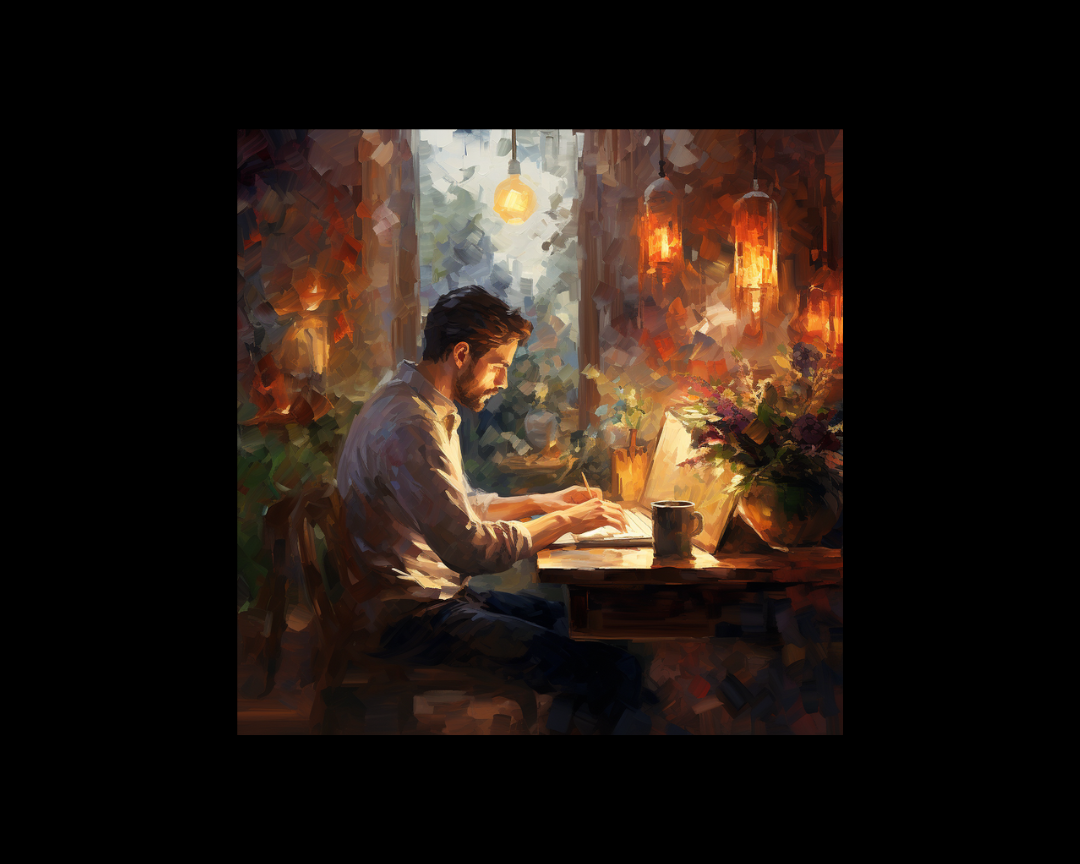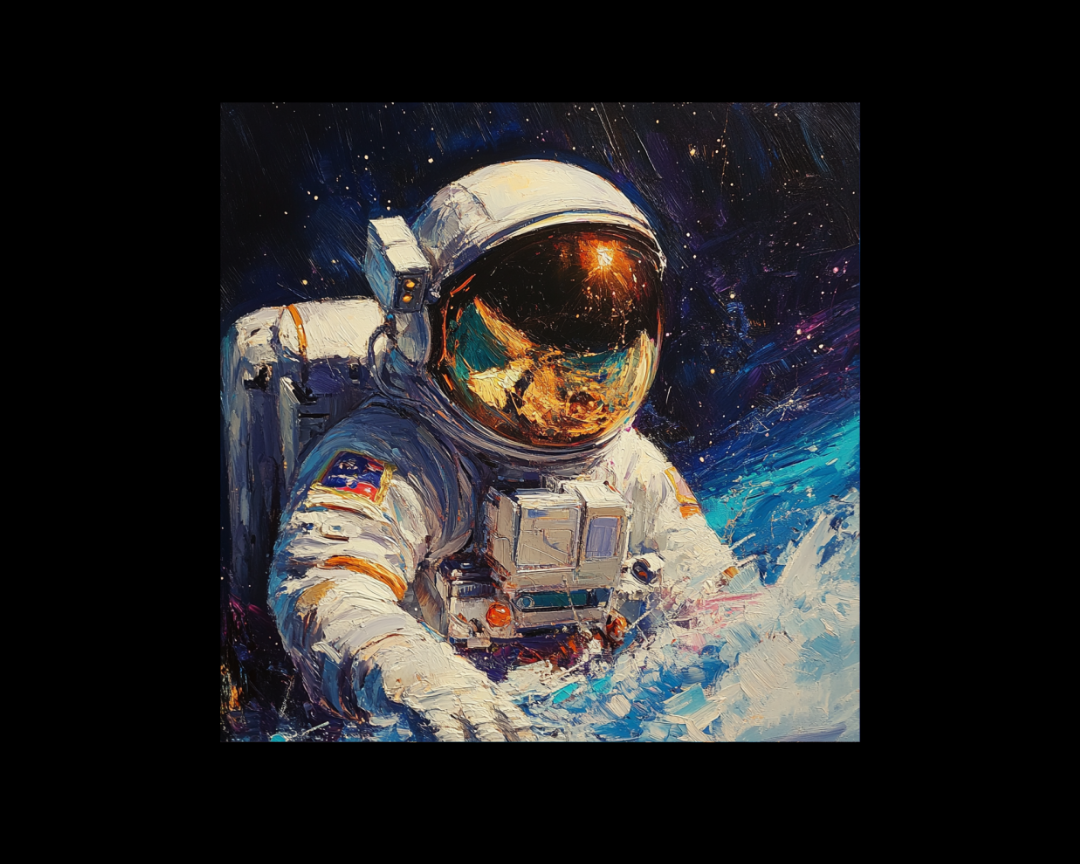Embracing Your Antagonist: The Heart of a Documentary
Crafting a compelling story in documentary filmmaking or fiction is akin to constructing a delicate and intricate mechanism.
.png)
Metafiction, a literary device that transcends the boundaries of traditional storytelling, offers readers a unique and thought-provoking experience. By breaking the fourth wall—the imaginary barrier that separates the fictional world from reality—metafiction challenges our understanding of narrative conventions and invites us to contemplate the nature of storytelling itself. In this article, we delve into the intriguing world of metafiction, exploring its definition, historical origins, notable examples, and the ways it challenges and engages readers.
Metafiction refers to a type of fiction that self-consciously draws attention to its status as an artistic creation. It blurs the line between fiction and reality by acknowledging the act of storytelling and incorporating elements that disrupt traditional narrative expectations. This self-awareness can manifest in various ways, from characters becoming aware of their fictional existence to authors addressing readers directly within the text.
Breaking the fourth wall is a term borrowed from theater, where it signifies a character's acknowledgment of the audience. In literature, it involves characters or the narrator directly addressing the reader, acknowledging the fact that they are in a fictional work and often blurring the boundary between the story and reality. This literary technique can manifest in various ways:
Characters or the narrator speak directly to the reader, acknowledging their presence. This can create a sense of intimacy and engagement, as if the characters are sharing secrets with the reader.
The author steps into the narrative, offering commentary or guidance. This can provide insights into the writing process and the author's perspective on the story.
The story is momentarily paused as characters or the narrator interact with the reader. This can involve explaining aspects of the plot, discussing themes, or even inviting the reader's opinions.
Characters might refer to the reader as a character within the story or acknowledge their impact on the narrative. This makes the reader an active participant in the fictional world.
The narrative comments on its own construction, addressing themes of storytelling, reality, and fiction. This can lead to layers of interpretation as readers reflect on the nature of narratives.
Typography, footnotes, and unconventional formatting can be used to challenge the reader's perception and interact with the narrative. These visual cues often provide additional layers of meaning.
Breaking the fourth wall can serve various purposes, such as creating humor, challenging narrative conventions, inviting self-reflection, and exploring the relationship between author, characters, and reader. It can be both playful and thought-provoking, inviting readers to question the boundaries of fiction and reality.
Metafiction has roots in ancient literature, with works like Chaucer's "The Canterbury Tales" containing moments of self-awareness. However, it gained prominence in the 20th century, influenced by movements like postmodernism. Writers like Jorge Luis Borges and Italo Calvino embraced metafiction as a way to explore the limitations and possibilities of storytelling.
Notable Examples:
"If on a winter's night a traveler" by Italo Calvino: This novel follows a reader's quest to finish a series of interrupted stories. It engages readers in an interactive narrative, blurring the distinction between the reader's experience and the protagonist's journey.
"Slaughterhouse-Five" by Kurt Vonnegut: Vonnegut's anti-war novel employs metafiction to disrupt the linear progression of time. The protagonist, Billy Pilgrim, becomes "unstuck in time," inviting readers to question the reliability of traditional narrative structure.
"House of Leaves" by Mark Z. Danielewski: This experimental novel uses typography and formatting to challenge readers' perceptions of reality. It includes footnotes that often lead to fictional sources, encouraging readers to explore the narrative's layers.
Metafiction challenges conventional storytelling norms, demanding readers to navigate unfamiliar narrative landscapes. While it can be disorienting, it offers a heightened sense of engagement. Readers become active participants, deciphering layers of meaning and exploring the relationship between fiction and reality.
Metafiction encourages readers to exercise their imagination by blurring the line between reality and fiction. As they navigate narratives that reflect on their own creation, readers are prompted to contemplate the boundaries of imagination and creativity.
In conclusion, metafiction and breaking the fourth wall provide readers with a literary experience that transcends traditional storytelling. By challenging narrative conventions and inviting readers to become active participants, metafiction sparks introspection and deepens our understanding of the art of storytelling. As you delve into works that embrace metafiction, prepare to have your assumptions about fiction and reality delightfully disrupted.
.png)
Crafting a compelling story in documentary filmmaking or fiction is akin to constructing a delicate and intricate mechanism.

Have you ever been told that your story felt bogged down with too much information? Or perhaps you've encountered a fantasy novel where the first...

Most writers struggle with one genre, clinging to familiar territory like medieval serfs bound to their feudal plots. But the most successful authors...